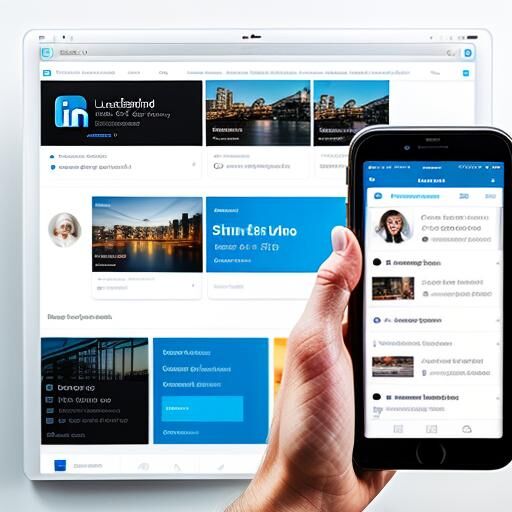
Discover how LinkedIn Product Pages can transform your B2B marketing efforts. These dedicated pages offer businesses a powerful way to showcase specific products or services directly on the LinkedIn platform. They go beyond the standard Company Page, providing a focused space to highlight features, collect social proof, and engage potential buyers. Understanding their capabilities helps you leverage them effectively.
Many B2B companies struggle to present detailed product information clearly on social media. LinkedIn Product Pages solve this problem directly. Furthermore, they integrate seamlessly into the professional network where your buyers spend time researching solutions. Consequently, incorporating them into your overall strategy makes smart business sense.
What Are LinkedIn Product Pages?
LinkedIn Product Pages are specialized sections within your LinkedIn Company Page. Think of them as microsites for individual products or services. Unlike a standard Company Page that represents your entire organization, a Product Page focuses on one specific offering. This lets you provide in-depth details for interested prospects.
Setting up a Product Page allows you to centralize all relevant information about a single product. Here, you can include descriptions, media, and crucial social proof. Businesses, particularly in the B2B space, benefit greatly from this targeted approach. It simplifies the buyer's journey on the platform.
Key Features of LinkedIn Product Pages
LinkedIn Product Pages offer several specific tools designed to help businesses promote their offerings effectively. These features are built to provide potential customers with the information they need to make a decision. Therefore, exploring them reveals the power these pages hold.
Showcase Your Products Clearly
Your Product Page acts as a detailed brochure. You can upload rich media like images and videos showcasing your product in action. Similarly, you add comprehensive descriptions explaining what your product does and who it helps. This makes it easy for visitors to grasp its value quickly.
Providing visual content is critical for engagement. For instance, a short video demonstrating a software feature can communicate more than paragraphs of text. High-quality visuals also make your page look more professional and trustworthy. They capture attention immediately.
Collect Customer Reviews and Testimonials
Perhaps the most powerful feature is the ability to gather reviews directly on the page. Customers can leave ratings and written testimonials. This provides invaluable social proof. Potential buyers trust feedback from other users more than marketing copy.
Authentic reviews build credibility instantly. Furthermore, they offer real-world insights into how your product performs for others. Encourage your satisfied customers to leave a review. This strengthens your page's appeal significantly.
Highlight Key Customers and Integrations
Product Pages let you list prominent customers who use your product. Seeing recognizable company logos adds significant weight to your claims. It shows that established businesses trust your solution. You can also highlight important software integrations your product offers.
Listing integrations is crucial for many B2B products, especially software. It assures potential buyers that your product works well within their existing tech stack. Both features demonstrate your product's compatibility and proven success in the market.
Use Call-to-Action Buttons
Every Product Page includes customizable call-to-action (CTA) buttons. These buttons guide visitors on what to do next. Options include
